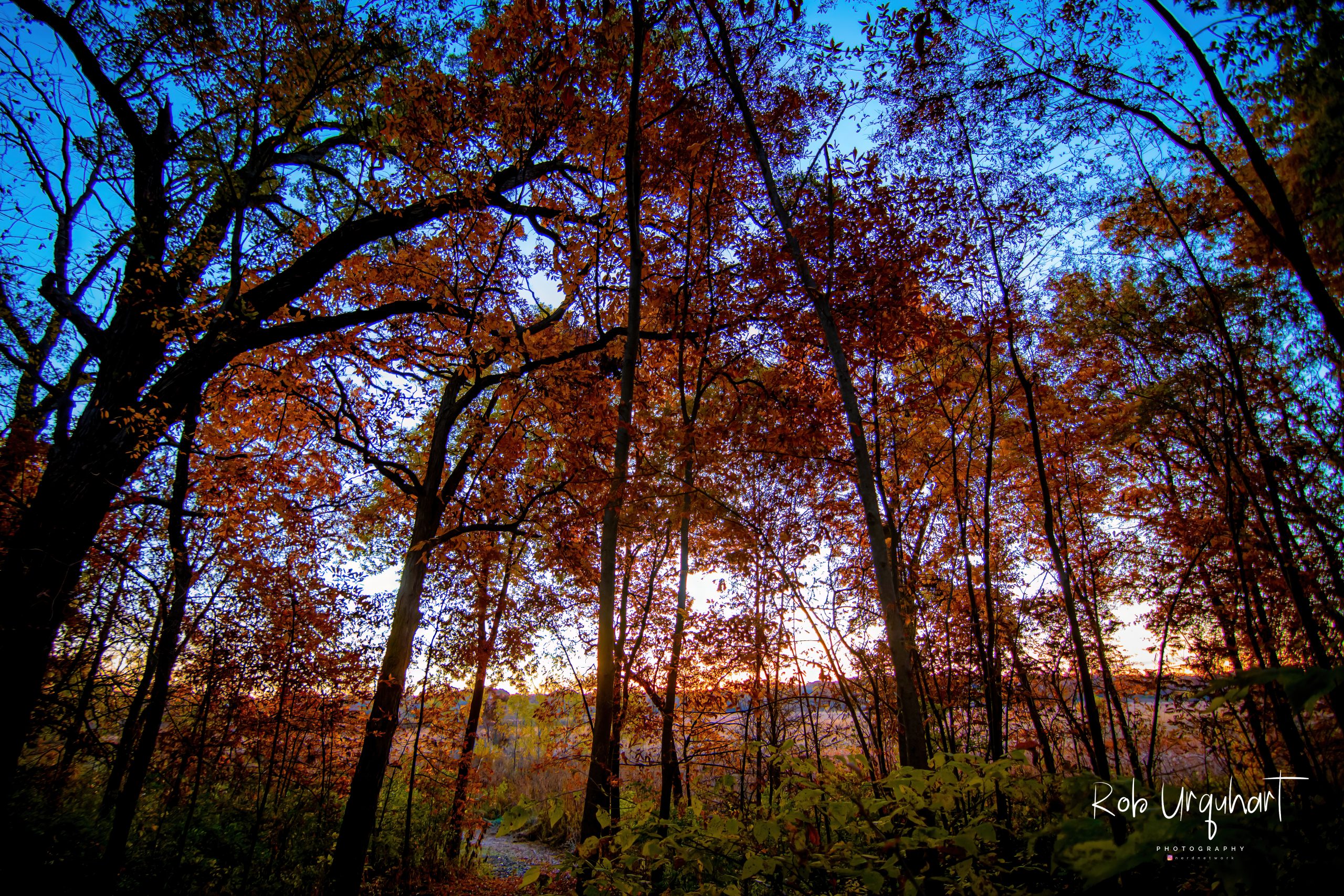Mastering Landscape Photography: A Comprehensive Guide for Photographers
Landscape photography is an awe-inspiring art form that captures the beauty of the natural world. It is a crucial genre for building a compelling portfolio and enhancing your technical skills as a photographer. This guide aims to inspire both amateur and professional photographers to venture into the great outdoors and capture breathtaking landscapes.
Why Landscape Photography is Essential for Your Portfolio
Including stunning landscapes in your portfolio showcases your versatility and ability to capture diverse environments. It demonstrates your skill in handling different lighting conditions, compositions, and subjects.
A strong portfolio with captivating landscapes can open doors to new opportunities and attract potential clients.
Enhancing Technical Skills Through Landscape Photography
Mastering landscape photography can significantly enhance your technical skills. It requires a deep understanding of camera settings, exposure, and composition. By practicing this genre, photographers can improve their ability to work with natural light, manage dynamic range, and apply creative techniques.
Scouting Locations for the Perfect Shot
Finding the right location is critical for capturing stunning landscapes.
Research popular spots, but also explore lesser-known areas to discover unique perspectives. Use tools like Google Earth and photography apps to plan your shoots and scout potential locations.
Utilizing Natural Light to Your Advantage
Natural light is a powerful tool in landscape photography. The golden hour, shortly after sunrise and before sunset, provides soft, warm lighting that enhances the beauty of landscapes. Overcast days can also offer diffused lighting for a more dramatic effect.
Always be mindful of the time of day and weather conditions when planning your shoots.
Composing the Perfect Shot
Composition is key to creating visually striking landscape photographs. Use techniques like the rule of thirds, leading lines, and framing to create balance and guide the viewer’s eye through the image. Experiment with different angles and perspectives to capture the essence of the scene.
The Importance of Post-Processing in Landscape Photography
Post-processing is an essential step in elevating your landscape images.
Techniques such as color grading, exposure adjustments, and contrast enhancements can transform your photographs, bringing out the vividness and depth of the scene. Software like Adobe Lightroom and Photoshop are invaluable tools for refining your images.
Case Studies from Renowned Landscape Photographers
Photographers like Ansel Adams and Galen Rowell have set the benchmark for landscape photography. Adams’ meticulous attention to detail and mastery of black and white imagery showcase the power of composition and light. Rowell’s vibrant use of color and dynamic compositions inspire photographers to push creative boundaries.
Trends and Equipment in Landscape Photography
Recent trends in landscape photography include the use of drones for aerial perspectives and long exposure techniques for capturing movement in water and clouds. Investing in quality equipment, such as wide-angle lenses and sturdy tripods, can significantly enhance your ability to capture stunning landscapes.
By following the tips and techniques outlined in this guide, photographers can confidently venture into the world of landscape photography. Capture the beauty of nature, create compelling images, and stand out in your portfolio.
